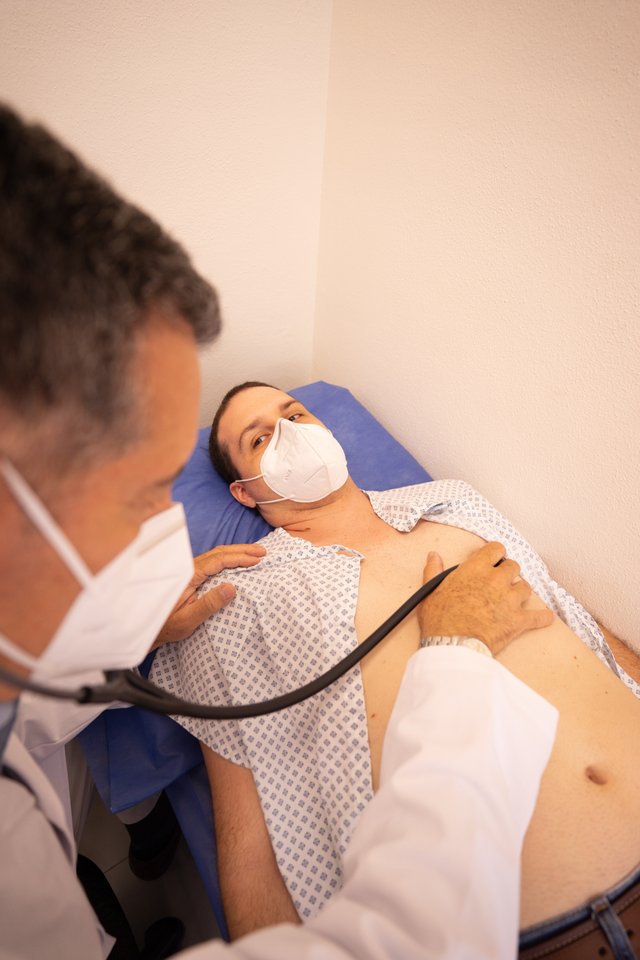basic data about abrupt heart failure (SCA) that could end up being useful to you save a daily existence. Three critical things to remember:1. SCA isn't a coronary episode: SCA is an "electrical" issue influencing the heartbeat, and respiratory failure is a "plumbing" issue influencing blood flow. It's an exceptionally normal misperception that coronary failure and SCA are exactly the same things. Be that as it may, they are very different. A cardiovascular failure happens when a piece of the heart's blood supply is decreased because of a halfway or complete blockage, and the heart muscle becomes harmed or dies.SCA, then again, is connected with the heart's interior electrical framework. Whenever this framework fizzles, it might set off a hazardously quick heartbeat making the heart quiver and quit siphoning blood to the body and mind. This can make a casualty pass out of nowhere - this is SCA."A cardiovascular failure casualty is generally conscious and can look for help, yet an unexpected heart failure casualty ordinarily passes out right away and should depend on others to give prompt treatment," says Mary Newman, president and CEO of the Sudden Cardiac Arrest Foundation."The two circumstances require immensely unique treatment. The opportunity of endurance following an unexpected heart failure diminishes 10% with each passing minute."Though a coronary episode and SCA are unique, they are here and there linked. Brent MillerBrent Miller, 50, endure both. Brent realized something wasn't correct when he began to encounter regular extreme pulverizing chest torment in mid-2021. He was an energetic sprinter, so a heart issue might not have appeared to be reasonable. Be that as it may, Brent knew to not overlook his side effects. He went to the medical clinic and learned he was having a heart attack. Brent's primary care physicians embedded a stent in his heart to reestablish the bloodstream. The speedy clinical consideration saved his life, however, the coronary episode debilitated his heart's siphoning capacity. This condition put him in danger of unexpected heart failure. As a component of his recuperation, his primary care physician suggested he wear a lifesaving wearable defibrillator known as LifeVest for protection. Watch Brent's story on the Sudden Cardiac Arrest Foundation website.2. SCA is unexpected by its actual nature; regularly the primary sign an individual has this condition is that they break down and experience heart arrest.SCA has no advance notice signs. Notwithstanding, there are factors that might show somebody is in danger of SCA. For instance, certain heart patients might be at expanded risk, including the individuals who have experienced a coronary episode or have been recently determined to have heart failure. Anyone who feels they may be in danger ought to see a cardiologist for assessment. Assuming you are in danger of SCA, a specialist might suggest a wearable defibrillator, implantable cardioverter defibrillator, prescriptions, or different measures to forestall abrupt death. In Brent's case, depending on his instinct assault, his PCPs decided he was at a high gamble for SCA and endorsed LifeVest, a wearable defibrillator intended to identify specific hazardous quick heart rhythms and naturally convey a lifesaving treatment shock." My SCA was extremely prompt; I didn't feel it was coming on by any means," says Brent. "I was conversing with my better half, and I collapsed." Learn how Brent endures unexpected heart failure on the Sudden Cardiac Arrest Foundation website.3. An SCA casualty requires quick crisis care, including CPR and a defibrillation shock - and you would help. If you be able to observe your thought process is unexpected heart failure, the primary thing to do is to call 911 preceding managing dire and prompt attention. In the wake of calling 911, begin CPR compressions: Push rigid on the focal point of the chest. An SCA casualty requires defibrillation and observers ought to look for an AED (computerized outer defibrillator) to give treatment.

If a patient is wearing LifeVest, which doesn't need outsider intercession, the gadget is intended to provoke onlookers to move to one side while treatment is delivered. When Brent experienced SCA, he was at home in his room. He unexpectedly blacked out. LifeVest distinguished the strange heart mood and conveyed a treatment shock that saved his life."If I wasn't wearing LifeVest that day, I have almost certainly that I would have passed on," Brent says. "I'm simply very grateful."With fitting treatment, heart patients can frequently get back to doing a large number of the things they appreciate. In the wake of encountering both a coronary failure and SCA, Brent has recuperated and gone through cardiovascular recovery. He proceeds to run and is presently preparing for a half-long distance race in April.
Authors get paid when people like you upvote their post.
If you enjoyed what you read here, create your account today and start earning FREE STEEM!
If you enjoyed what you read here, create your account today and start earning FREE STEEM!